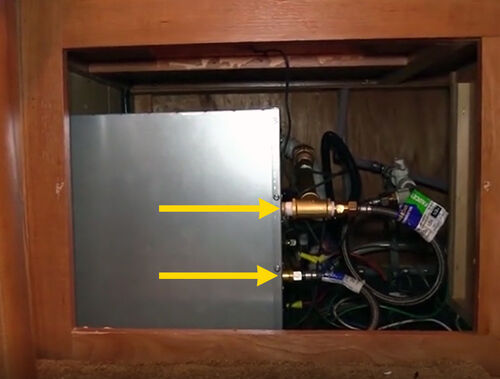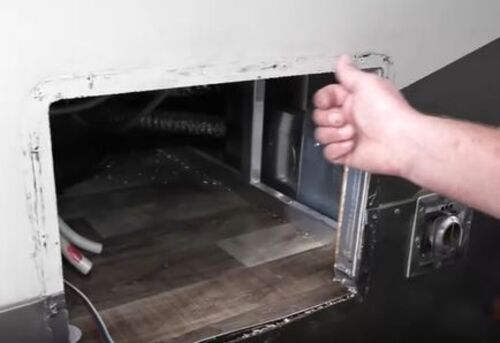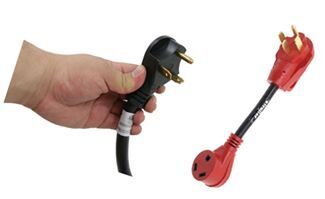
Converting Your RV Water Heater to Tankless
It's the Answer to Your Prayers—Or at Least a Hotter Shower
What Exactly is a Tankless RV Water Heater? What are the Advantages of a Tankless Water Heater? What are the Downsides? Can I Replace My RV Water Heater with a Tankless? How to Install a Tankless Water Heater in an RV
What is a Tankless RV Water Heater?
What are the Advantages of a Tankless Water Heater? What are the Downsides?
Endless hot water for large families or groups of friends (as long as you have power and water sources) with no "recovery time" between uses More energy efficient, so you'll save on propane or electric Generally take up less space No 20-minute waiting period for the tank to heat when you get to the campsite The ability to run hot water for your indoor shower while simultaneously washing dishes, cooking, running your outdoor shower, etc.
Cost to upgrade Preset hot water temperature - can be inconvenient to change from inside the shower if you want a different temperature Cold "bursts" when you turn off the water then turn it back on. There's no stored water at the ready, so there will be a delay as the water heats up and starts flowing again. Usually not much of an issue at campgrounds, but might waste water when boondocking while you wait for the water to heat up.
Can I Replace My RV Water Heater with a Tankless?

How to Install a Tankless Water Heater in an RV
1. Shut Off Your Hookups & Drain Your Tank

2. Disconnect Your Propane Line














Departments
Towing
- Trailer Hitch
- Fifth Wheel
- Gooseneck
- Towing a Vehicle
- Front Hitch
- RV Hitch
- ATV Hitch
- HD Truck Hitch
- Vehicle Wiring
- Brake Controller
- Ball Mounts
- Weight Distribution
Sports and Recreation
Trailer Parts
- Utility Trailer
- Boat Trailer
- Landscape Trailer
- Enclosed Trailer
- 5th/Camper Trailer
- Car Hauler
- Horse Trailer
Vehicle
Contact & Help




























David
10/25/2024
Can I use a tankless water heater in my camper if I only have 15 amp service thank you.